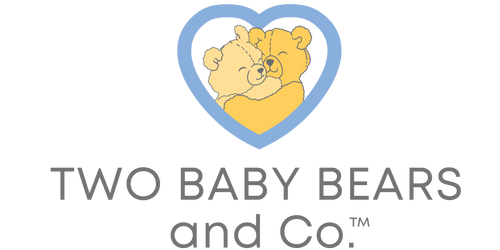
I don’t know about you, but there were two things that stressed me to no end when I first had a baby: sleepy cues and wake windows. I was figuring out how to deal with a baby and how my life had completely transformed (that’s a nice word for it!) overnight and now my pursuit of a few hours of interrupted sleep was the sole mission in life (other than keeping said baby alive!).
One of the trickiest parts of newborn and infant sleep is deciphering those often elusive sleepy cues and trying to nail the perfect window for putting them down.⠀⠀⠀⠀⠀⠀⠀⠀⠀
Some babies show clear tired signs but others show you nothing and just go from a bit fussy (barely noticeable) into bright-eyed and bushy-tailed (hello overtiredness!).
The reason why we look for cues and consider wake windows is that once a baby becomes overtired and they start producing more cortisol, they are that much harder to settle. And, when you finally do get them down, their sleep will often be restless and short so after all that work, you may end up with a nap shorter than your routine. Sigh.
Let’s try and break this down by age: If you have a baby who is under 4 months, I recommend you try to catch their cues, but if you feel like you keep missing them, then I would look at overall wake windows (scroll down this post to see the graphic).
Below is a list of cues from the early ones to definitely overtired (hot mess status).
Early Cues (subtle and tricky!)
- Less blinking, glazed look in the eyes
- Not interested in play; suddenly become calm and less active
- Turn head away from you or toy
- Less social suddenly
At this point, we recommend that you begin your nap routine.
"Getting Pretty Tired" Cues (baby is ready for sleep!)
- Rubbing eyes or pulling ears
- Yawning
- Red around eyes or eyebrows
At this point, we recommend that you quickly get baby down for a nap.
Very Tired or Overtired Cues (aka, "Houston! We have a problem!")
- Fussy or irritable
- Very active: baby appears energetic suddenly
- Crying
At this point, we recommend to add additional soothing into your routine and get your baby down for a nap ASAP.
When I start working with babies over 4 months old, I start focusing more on wake windows, and through experience, I have learned that often you need to push to the later end of a wake window to get a solid nap. If you can’t catch cues, I would reference the below chart and see how it goes!
|
AGE |
WAKE WINDOW |
|
0-1 Month |
45 – 60 min |
|
2-3 Months |
1 H – 1 H 30 min |
|
4-5 Months |
2 H – 2 H 15 min |
|
6-8 |
2 H 30 – 3 H |
|
9-12 |
3 H -3 H 30 min |
|
12-18 |
3-4 H |
|
18-24 |
5-6 H |
If you are still having a hard time figuring out the best time to get your little down or want to learn more about wake windows and how to manage them, please feel free to follow me on Instagram (@bbs_andria)! I answer questions all day every Friday, and I would love to see you there.
_________________________________________________________________________
Author: Andria is a certified pediatric sleep consultant through the Institute of Pediatric Sleep and Parenting. You can find Andria providing expert sleep and potty training tips on the third Friday of every month on our Instagram!
